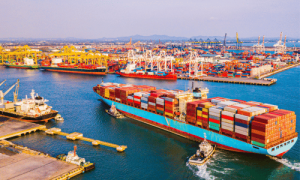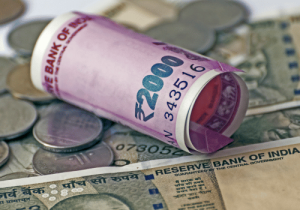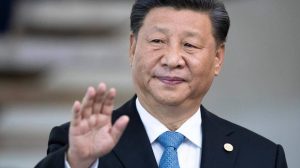New technologies such as robotics, artificial intelligence (AI) and automation are transforming the way we live and work. Industry 4.0 technologies combined with the rapid rise of the digital economy are driving demand for a skilled innovation workforce. This is having a profound impact on Australia and the Southeast Asia region.
Understanding the emerging technology trends in Southeast Asia was the key theme for today’s online panel discussion in collaboration with the City of Perth. Taking place during and with the support of the week-long West Tech Fest, this online event was moderated by Miko Montelibano (Manager Partnerships & Development, Asialink Business) and featured an introduction and welcome by the Lord Mayor of the City of Perth, Basil Zempilas.
The Lord Mayor’s introduction saw the announcement of the City of Perth’s recently approved MoU with Denpasar City, Indonesia, to develop the creative and digital economies within both cities. Perth is Australia’s western gateway to Southeast Asia and seeks to be a leader in international engagement in the region and beyond.
Expert insights were provided by Neal Cross, Co-Founder and Chairman, PictureWealth, Dr Jeremy Lim, CEO, AMiLi and Amelia Fyfield, Country Director, Indonesia, CSIRO.
The panel explored the growth in start-ups throughout Southeast Asia that offer a range of fintech services – from capital lending to e-health innovations have supported growth and performance. These opportunities have enabled innovation leaders across the region to play a role in developing workforces and economies of the future.
The FinTech landscape in Southeast Asia
Neal Cross explored some of the key demographic trends that underpinned the FinTech revolution in Southeast Asia. First, with the boom of the younger generation, the average age in many of the countries is less than 30 years. Second, the rise of the middle class, which has greatly increased ownership rates of mobile and other digital devices. Traditionally there has been great wealth disparity which you can see in finance systems (e.g. microfinance and then private wealth infrastructure). However, with the rise of the middle class, comes different demands. Third, there’s increasing connectivity into regional areas.
In Southeast Asia, we can forecast broader changes by observing the evolution of national infrastructures. Neal talked about how identity is incredibly important. There’s a growing framework being developed for digital identity infrastructures that will provide the platform for further fintech innovations. FinTech companies, for examples, Grab, Trax, Sea, Lazada, Gojek, Ovo, JD.ID, and Bukalapak emerge when there are gaps in the national infrastructure. A lot of these organisations have become embedded as part of the national infrastructure and driving their own ecosystems fintech.
“There’s a really valued strategy going North [from Perth] rather than East – bringing our financial education, tools and processes going through ASEAN.” – Neal Cross
Meeting a need: The rise of health technologies in Singapore and beyond
Another major trend, catalysed this year by the COVID-19 pandemic, is the rise of health tech and med tech innovations. In Southeast Asia – a population of over 650 million and growing, there are existing regional shortages in healthcare workers. However, where there are shortages, there are also opportunities. As the middle class rises in Southeast Asia, so does the capacity and willingness to pay for care.
Dr Jeremy Lim said that in Southeast Asia, where governments cannot provide, the private sector steps in, a marked difference from Australia where government institutions are well run and can adequately provide healthcare services to its populace. He believes the three key drivers; connect, compute and compress lead to quantum leaps in improving quality of care when the feedback loop is able to be closed.
Another timely reminder from Dr Lim was that health tech does not have to be super sophisticated or need to utilise complex technology, but it can even be the simplest adoption of technology, like teleconsultations, which are now supported by advances in diagnostic medical equipment. This alone allows us to transcend geography and physician and healthcare worker preferences for location.
Where to from here? Understanding the megatrends shaping the region
Amelia presented on the Global Trade and Investment Megatrends report co-authored by CSIRO’s data and digital specialist arm, Data61, and Austrade, which outlines five megatrends:
- Digital transformation
- Investing in supply chain resilience
- Localisation and staying closer to home
- A changing economic landscape
- Stepping into the new normal
It could take over a decade for Australia to rebound and rebuild from the recent impacts of COVID-19, and Amelia outlined a few areas where Australia is leaning in. For example, data-driven trade and investment. With the IA-CEPA blueprint, there is a data-driven approach to where opportunities may lie for Australian organisations.
Indonesia is home to some of the biggest e-commerce unicorns but is also the second targeted nation for cyberattacks. So there are emerging opportunities for cyber-security platforms and organisations such as Australia’s Red Piranha are tapping into these opportunities.
And where to from here? For Australian organisations, you’ve got to start the journey with ‘what is the need’? And then, ‘who should you partner with?’ from there, you can tap into the opportunities in emerging tech in Southeast Asia.



















